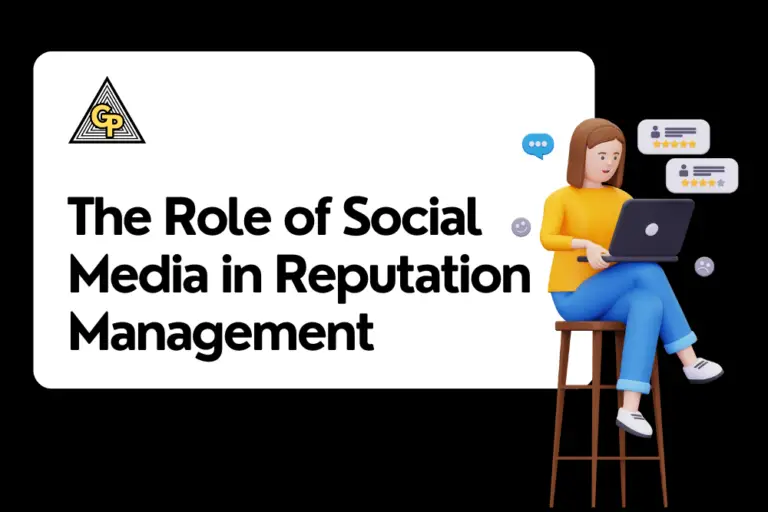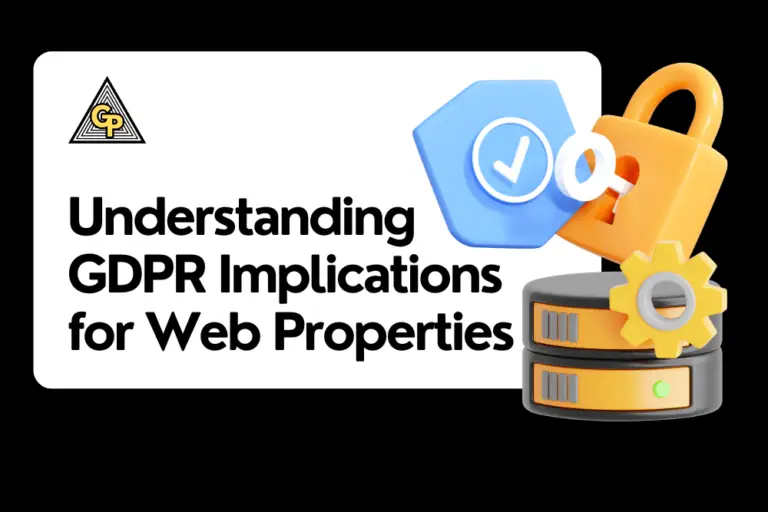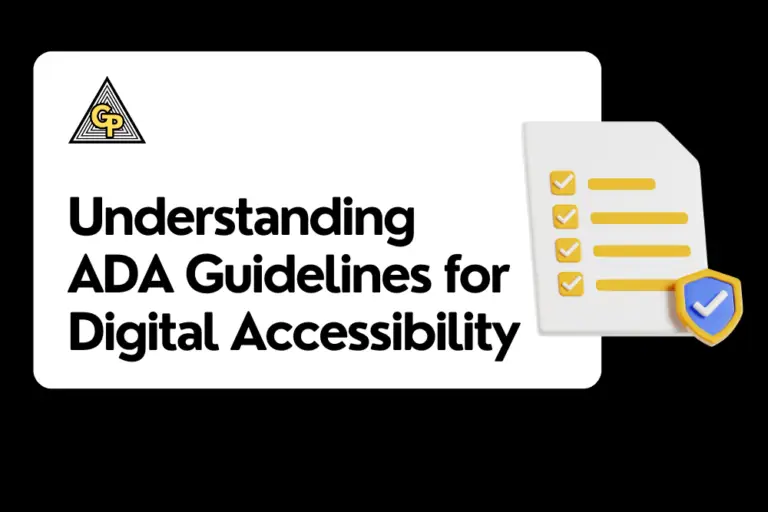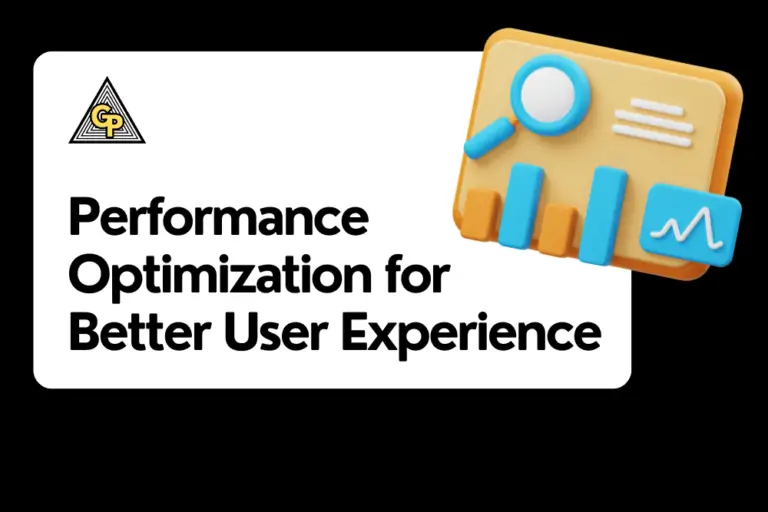Local SEO Best Practices: Role of Social Media
The significance of Local Search Engine Optimization (Local SEO) cannot be overstated for businesses aiming to capture and engage a local clientele. Among a multitude of strategies to enhance local SEO, the role of social media emerges as particularly pivotal. This section delves into how platforms such as Facebook, Instagram, Twitter, and LinkedIn can be leveraged not only to increase visibility among local consumers but also to foster community engagement and build lasting relationships. By understanding and implementing the best practices outlined here, businesses can effectively use social media to boost their local SEO efforts, driving more traffic to their websites and ultimately, their storefronts. Google Business Profile, local directories, local link building, keyword research, local SEO tools, and local SEO importance are all crucial aspects to consider in this context.
What is the role of social media in local SEO?
Social media plays a significant role in local SEO by helping businesses engage with local audiences, build brand awareness, and increase local rankings and visibility in local search results. By actively participating in social media platforms such local sites such as Facebook, Instagram, Twitter, and LinkedIn, businesses can:
- Share local-focused content, including updates about products, services, events, and promotions.
- Interact with local customers, respond to inquiries, and address feedback or reviews.
- Encourage user-generated content and reviews, which can enhance credibility and trustworthiness.
- Build relationships with other local businesses, influencers, and community organizations, potentially leading to partnerships or collaborations.
- Increase the likelihood of local citations and backlinks, as social media profiles are often referenced in online directories and local listings.
What are best practices for local SEO on-page optimization?
Effective on-page optimization is crucial for both local business and SEO success. Here are some best practices:
- Title Tags and Meta Descriptions: Incorporate pertinent keywords and location details in title tags and meta descriptions to enhance visibility in local search results.
- Create Location-Specific Content: Develop high-quality, location-specific content that addresses the needs and interests of your local audience. This could include city-specific landing pages, local guides, or blog posts.
- Optimize NAP Information: Ensure that your business’s Name, Address, and Phone number are consistent and prominently displayed across your website. This consistency strengthens local SEO efforts.
- Utilize Schema Markup: Implement schema markup to provide search engines with additional context about your business, such as operating hours, reviews, and contact information, enhancing your visibility in local search results.
- Mobile Optimization: Optimize your website for mobile devices to cater to users searching for local businesses on their smartphones. This includes responsive design, fast loading times, and mobile-friendly navigation.
What are some ways to optimize images and videos for local search?
To optimize images and videos for local organic search results, consider the following strategies:
- Use descriptive filenames and alt tags that include relevant keywords and location information.
- Geotag images with location data to associate them with specific geographic areas.
- Optimize image and video file sizes for faster loading times, which can improve user experience and search engine rankings.
- Include location-specific keywords in image and video captions, titles, and descriptions.
- Create image and video content that showcases local landmarks, events, or attractions to appeal to local audiences.




Sign up for a FREE SEO Audit today!
What are some common local SEO mistakes to avoid?
Some common local SEO mistakes to avoid include:
- Ignoring Google My Business: Failing to claim and optimize your Google My Business (GMB) listing is a significant mistake. GMB is a critical tool for local SEO as it helps your business appear in Google Maps and local search results. Ensure your listing is complete, accurate, and regularly updated with relevant information such as business hours, address, phone number, and photos.
- Inconsistent NAP Information: Inaccurate or inconsistent Name, Address, and Phone Number (NAP) information across online directories, websites, and local listings can confuse both users and search engines. Make sure your NAP information is consistent across all platforms to avoid confusion and maintain credibility.
- Ignoring Online Reviews: Neglecting online reviews or failing to respond promptly and professionally to customer feedback, especially negative reviews, can harm your business’s reputation and local search rankings. Encourage satisfied customers to leave positive reviews and address any negative feedback promptly to demonstrate your commitment to customer satisfaction.
- Over-Optimizing Content: Avoid overloading your website content with an abundance of keywords or location-specific terms, as this can have adverse effects on user experience and readability. It may also lead to search engine penalties. Instead, focus on crafting top-notch, pertinent content that seamlessly integrates keywords while delivering substantial value to your target audience.
- Neglecting Mobile Optimization: Given the rising trend of using mobile devices for local searches, overlooking the optimization of your website for mobile responsiveness and usability can result in subpar user experiences and diminished local search rankings. Make sure your website is designed to be mobile-friendly, ensuring quick loading times across various devices for a seamless browsing experience.
- Ignoring Local Citations and Backlinks: Local citations (mentions of your business’s NAP information on other websites) and backlinks (links from other websites to yours) are important factors in local search rankings. Neglecting to build and maintain a strong backlink profile and local citations can limit your business’s visibility in local search results.
- Lack of Location-Specific Landing Pages: Failing to create dedicated landing pages or content sections targeting specific locations or service areas can limit your business’s visibility in local searches. Create unique landing pages optimized for each location you serve to improve your chances of appearing in local search results.
- Ignoring Structured Data Markup: Structured data markup, such as schema.org markup, provides search engines with additional context about your business, such as reviews, business hours, and product information. Neglecting to implement structured data markup can hinder your business’s visibility in local search results and rich snippets.
- Ignoring Local SEO Analytics: Neglecting to track and analyze local SEO performance metrics can make it difficult to assess the effectiveness of your strategies and identify areas for improvement. Monitor key metrics such as local search rankings, organic traffic, online reviews, and conversions to refine your local SEO efforts over time.
How do I optimize my website for "near me" searches?
To optimize your local business listings on directories website for “near me” searches, consider the following steps:
- Incorporate location-specific keywords and phrases naturally throughout your website’s content, meta tags, and headers.
- Create dedicated landing pages or content sections targeting “near me” searches, highlighting your business’s proximity to local landmarks or popular areas.
- Optimize your Google My Business listing with accurate NAP information, business hours, and a description that includes location-specific keywords.
- Encourage satisfied customers to leave positive reviews mentioning your business’s location and proximity to their own.
- Ensure your website features a compelling call-to-action guiding visitors to explore your physical location or reach out for additional details.
How do I perform a local SEO audit?
To perform a local SEO audit using the google search results alone, follow these steps:
- Audit your website’s on-page optimization, including NAP consistency, title tags, meta descriptions, and schema markup implementation.
- Review your Google My Business listing(s) for accuracy, completeness, and optimization opportunities.
- Analyze your website’s backlink profile, ensuring that links are relevant, authoritative, and not spammy.
- Evaluate your website’s performance and user experience, including page speed, mobile-friendliness, and navigation structure.
- Monitor online reviews and citations to ensure consistency and address any negative feedback or inaccuracies promptly.
How can I leverage local events and partnerships for local SEO?
You can leverage local events and partnerships for local SEO by using relevant local keywords along with:
- Participating in or sponsoring local events and community initiatives, which can increase brand visibility and attract local audiences.
- Collaborating with other local businesses or organizations on joint promotions, events, or cross-promotional opportunities.
- Creating content or blog posts related to local events, news, or activities, and sharing them on your website and social media channels.
- Offering exclusive deals or discounts for attendees of local events or members of partner organizations, encouraging foot traffic and customer engagement.
How do I handle duplicate Google My Business listings?
To find local businesses handle duplicate Google My Business listings, follow these steps:
- Claim ownership of both listings through the Google My Business dashboard.
- Compare the information on both listings and determine which one contains the most accurate and up-to-date information.
- Merge the duplicate listings into a single, verified listing by following Google’s instructions for merging duplicate locations.
- Update the merged listing with any additional information or optimizations, such as business hours, photos, or descriptions.
- Monitor the merged listing regularly to ensure that it remains accurate and up-to-date, and address any future instances of duplicate listings promptly.
How can I improve the visibility of my business in Google Maps and local search results?
To improve the visibility google search of your business in Google Maps and local area search results, consider the following strategies:
- Optimize your Google My Business listing with accurate and complete information, including business name, address, phone number, website URL, business hours, and categories.
- Encourage satisfied customers to leave positive reviews on your Google My Business listing, as reviews can improve your business’s visibility and credibility in local search results.
- Add high-quality photos and videos to your Google My Business listing to showcase your products, services, and location.
- Keep your business information consistent across all online directories and local listings, as NAP consistency is a key factor in local search rankings.
- Monitor and respond promptly to customer inquiries, reviews, and feedback on your Google My Business listing to demonstrate responsiveness and engagement to potential customers.
How do I deal with negative reviews and their impact on local SEO?
To deal with negative reviews and their impact on google reviews both on web page and on local SEO, follow these steps:
- Respond promptly and professionally to negative reviews, addressing any legitimate concerns or issues raised by the reviewer.
- Apologize for any negative experiences and offer to resolve the issue offline, such as through direct communication or compensation.
- Encourage satisfied customers to leave positive reviews to counterbalance the negative ones and improve your overall review rating.
- Monitor your online reputation regularly and proactively address any negative feedback or reviews as soon as they arise.
- Use negative reviews as an opportunity to identify areas for improvement in your business operations, products, or services, and take corrective action accordingly.
Conclusion
Local SEO is an essential aspect of digital marketing for businesses targeting a specific geographical location. By optimizing your website and online presence for “near me” searches, performing regular local SEO audits, leveraging local events and partnerships, handling duplicate listings effectively, and proactively managing reviews and online reputation, you can improve your business’s visibility in Google Maps and local search results. With a strong local SEO strategy in place, you can attract more local customers, increase foot traffic and conversions, and ultimately drive the success of your business. So keep optimizing and stay ahead of the competition!










